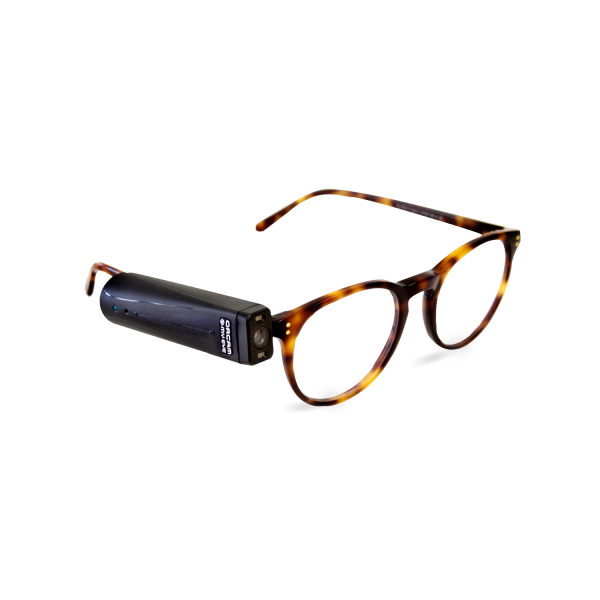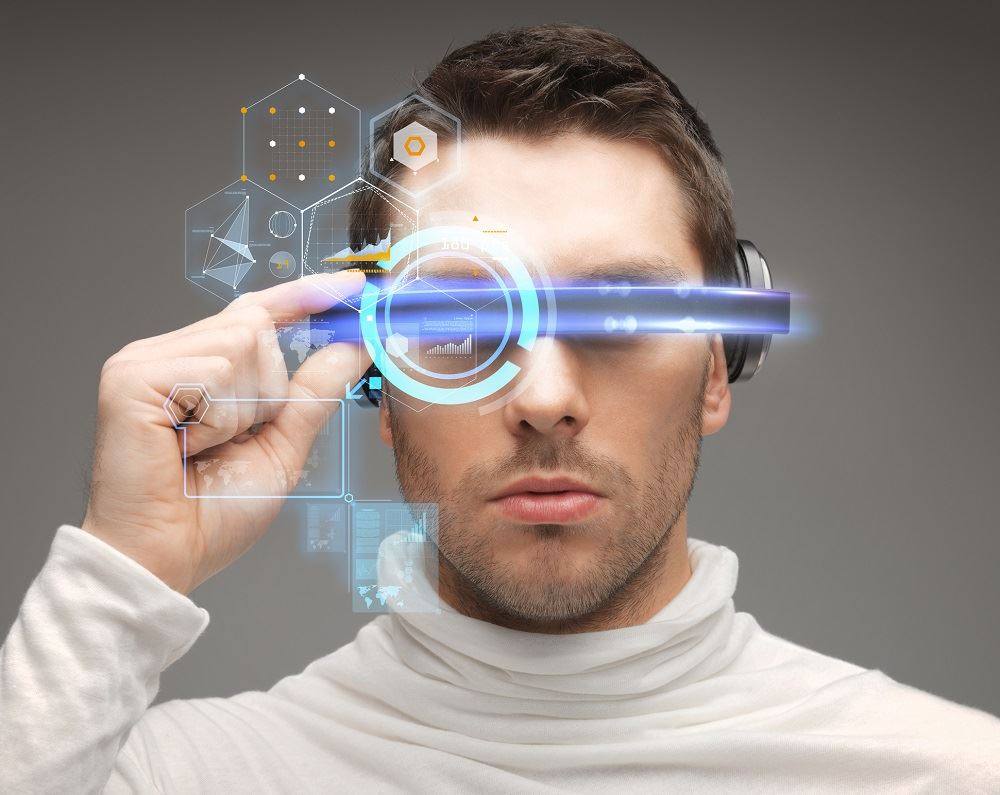Mobility Aids for Visually Impaired Users: Enhancing Independence and Navigation
Enhancing Accessibility Through Assistive Innovation for the Blind
The integration of assistive modern technology for the blind stands for a pivotal advancement in availability, essentially altering how people browse their atmospheres and engage with society. As we explore the diverse kinds of assistive gadgets and their concrete impacts on day-to-day living, it comes to be important to examine just how recurring technical improvements are reshaping the landscape of support for the blind area.
Review of Assistive Modern Technology
Assistive modern technology describes a series of gadgets and software program created to boost the capabilities of individuals with disabilities, including those who are blind or aesthetically impaired. This modern technology plays a vital function in advertising freedom and boosting the quality of life for individuals. By offering alternative techniques for accessing info and doing daily tasks, assistive technology empowers people to browse their environments a lot more properly.
The advancement and execution of assistive innovation accept a selection of concepts intended at promoting ease of access. These concepts consist of user-centered design, which focuses on the needs and choices of the individual, and the assimilation of modern technology right into daily activities. Such innovations guarantee that assistive tools are not only functional yet also intuitive and very easy to use.
Moreover, assistive modern technology includes a varied spectrum of services, from low-tech choices like magnifiers to sophisticated technologies such as screen visitors and Braille displays. The ongoing evolution of this area is driven by the requirement to address the unique difficulties dealt with by people with visual disabilities (Wearable technology for low vision). As innovation continues to advance, the possibility for boosting availability and promoting inclusivity stays appealing, inevitably adding to an extra fair society

Kinds Of Assistive Devices
Many sorts of assistive gadgets are available to sustain individuals that are aesthetically damaged or blind, each made to resolve details demands and challenges. These tools can be extensively classified right into three major kinds: low-tech, mid-tech, and high-tech remedies.
Low-tech tools include items such as magnifiers, Braille tags, and responsive maps. These are fairly easy tools that boost the customer's ability to interact with their setting without needing intricate modern technology.
Mid-tech tools frequently involve more innovative attributes, such as electronic magnifiers and portable Braille note-takers. These tools can provide capabilities like speech result, allowing users to gain access to information more successfully.

Influence On Daily Living
The accessibility of different assistive devices dramatically enhances the lifestyle for people that are blind or visually damaged, impacting their everyday living in extensive methods. By incorporating innovations such as display readers, Braille displays, and audio summary solutions right into their routines, users get better freedom and self-reliance. These tools help with accessibility to information, enabling individuals to carry out everyday tasks, such as checking out e-mails, navigating public rooms, and enjoying media material.
Additionally, assistive gadgets equip people to engage more fully in social communications and neighborhood activities. The ability to utilize mobile phones geared up with accessibility functions permits for seamless interaction and link with others. This connection fosters a sense of belonging and reduces sensations of seclusion.
In professional settings, assistive technology supports productivity by enabling people to total work jobs effectively. Devices like voice recognition software and specialized magnifying tools make it possible for individuals to join the labor force on equivalent footing with their sighted peers.

Improvements in Innovation
Recent technical advancements have actually considerably transformed the landscape of devices available for people that are visually damaged or blind. The integration of synthetic knowledge (AI) and maker learning has actually generated applications that enhance navigation and object acknowledgment. For instance, smartphone her comment is here applications can currently utilize AI to recognize and define surroundings in real-time, offering individuals with important contextual information.
Furthermore, advancements in haptic modern technology have actually resulted in the advancement of smart canes furnished with sensors that identify challenges and offer responsive comments. This encourages individuals to browse their environment with raised confidence and self-reliance. Innovations in text-to-speech software application and braille display screens have enhanced the accessibility of electronic web content, enabling for smooth interaction with different media.
Wearable innovations, such as clever glasses, are likewise making strides in assisting this link visual disability. These tools can give augmented reality experiences, overlaying crucial info onto the individual's area of view. Collectively, these improvements not just boost the lifestyle for individuals who are blind but likewise promote greater incorporation in society. As modern technology continues to progress, the possibility for much more transformative devices continues to be coming up.
Future Trends and Innovations
As innovation swiftly progresses, the future of assistive tools for individuals who are blind holds tremendous pledge. Advancements in synthetic knowledge (AI) and artificial intelligence are positioned to change the way blind individuals interact with their settings. AI-driven applications are being developed to boost object acknowledgment, permitting users to determine and browse their surroundings with greater ease and precision.
In addition, developments in haptic responses modern technology are allowing the creation of tactile maps and navigating aids that provide real-time details through touch. These advancements not only enhance wheelchair yet additionally foster freedom. Additionally, wearable devices outfitted with enhanced reality (AR) attributes are arising, providing individuals visual info via sound descriptions, consequently bridging the gap in between the electronic and physical globes.
Moreover, the combination of clever home modern technology presents brand-new opportunities for availability, enabling individuals to control their living environments through voice commands or mobile phone applications. As partnership between tech developers and the blind area proceeds, the concentrate on user-centered style will guarantee that future advancements are customized to fulfill the one-of-a-kind needs of this population (Wearable technology for low vision). The trajectory of assistive technology guarantees an extra inclusive and empowering future for people that are blind
Final Thought
To conclude, assistive technology plays a view it now critical function in enhancing accessibility for people with visual problems. The varied variety of gadgets, consisting of screen viewers and wise walking sticks, significantly improves day-to-day living and cultivates independence. Continual advancements in modern technology and user-centered design guarantee that these devices cater effectively to the unique needs of the blind community. As technologies progress, boosted inclusivity and empowerment can be anticipated, inevitably enriching the quality of life for those influenced by visual disabilities.
The combination of assistive modern technology for the blind stands for a pivotal innovation in accessibility, fundamentally changing exactly how people navigate their settings and engage with culture.Assistive innovation refers to a range of gadgets and software program made to enhance the capabilities of individuals with specials needs, consisting of those that are aesthetically damaged or blind. Wearable technology for low vision.As technology rapidly progresses, the future of assistive tools for individuals that are blind holds tremendous guarantee. The trajectory of assistive innovation assures an extra comprehensive and empowering future for people that are blind
In conclusion, assistive technology plays a critical duty in boosting accessibility for people with visual impairments.